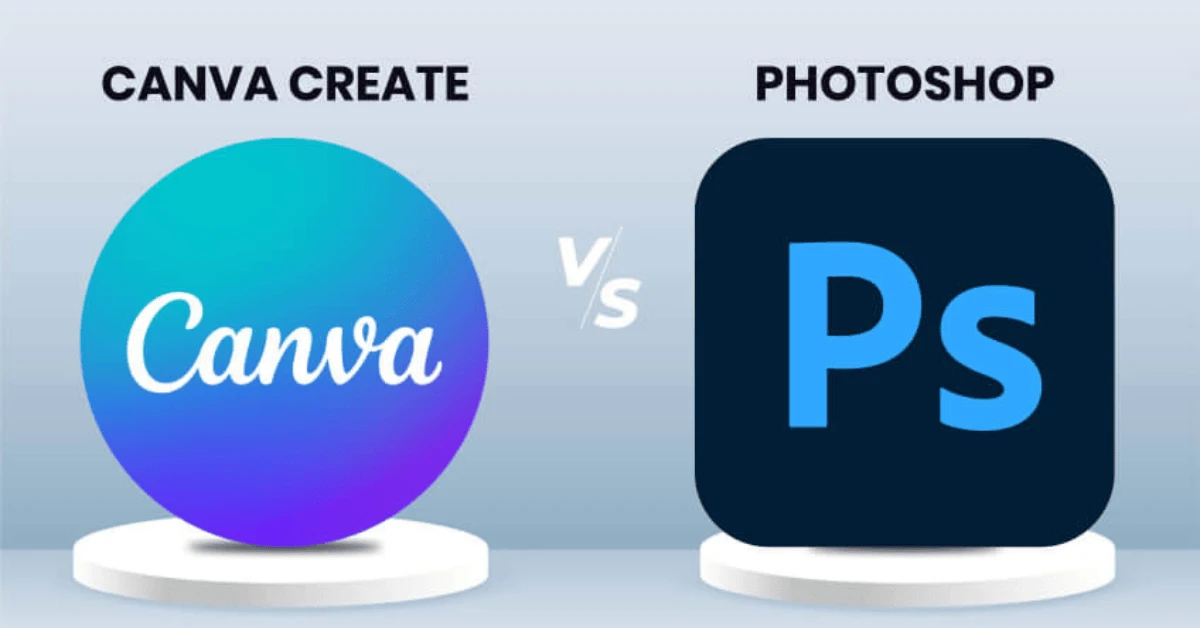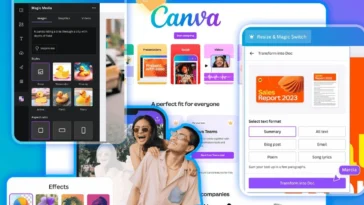Choosing the right design tool can make a huge difference in the quality, speed, and flexibility of your digital products. Two of the most popular options are Adobe Photoshop and Canva. Let’s dive deep into their strengths, weaknesses, and ideal use cases for creators.
1. Adobe Photoshop
Photoshop is a professional-grade tool known for its powerful editing capabilities.
Pros:
- Advanced photo manipulation and editing tools
- Layer management for complex designs
- Huge ecosystem of plugins and brushes
- Perfect for high-resolution graphics
Cons:
- Steep learning curve for beginners
- Subscription-based pricing can be expensive
- Slower for quick, template-based projects
Best for: Professional templates, mockups, product graphics, and any project that demands precision.
2. Canva
Canva is a web-based tool loved for its simplicity and speed.
Pros:
- Drag-and-drop interface; beginner-friendly
- Large library of ready-to-use templates
- Collaboration features for teams
- Quick design for social media, planners, and presentations
Cons:
- Limited advanced editing features
- Some premium elements require a paid subscription
- Not ideal for highly complex designs
Best for: Quick graphics, social media templates, ebooks, and projects where speed matters more than complexity.
3. Comparison Highlights
| Feature | Photoshop | Canva |
|---|---|---|
| Ease of Use | Moderate | Very Easy |
| Customization | Extremely High | Moderate |
| Collaboration | Limited | Excellent |
| Templates | Limited | Extensive |
| Price | Subscription | Free & Paid Options |
4. Which One Should You Use?
- If you’re a beginner or need fast results: Canva is your best friend.
- If you’re a professional designer or need high-end customization: Photoshop is unmatched.
- Pro Tip: Many creators use both—Photoshop for complex templates and Canva for social media and quick designs.
Conclusion:
The choice between Photoshop and Canva depends on your experience level, workflow, and type of digital product. Understanding your needs ensures you select the tool that maximizes productivity and creativity.





 No products in the cart.
No products in the cart.